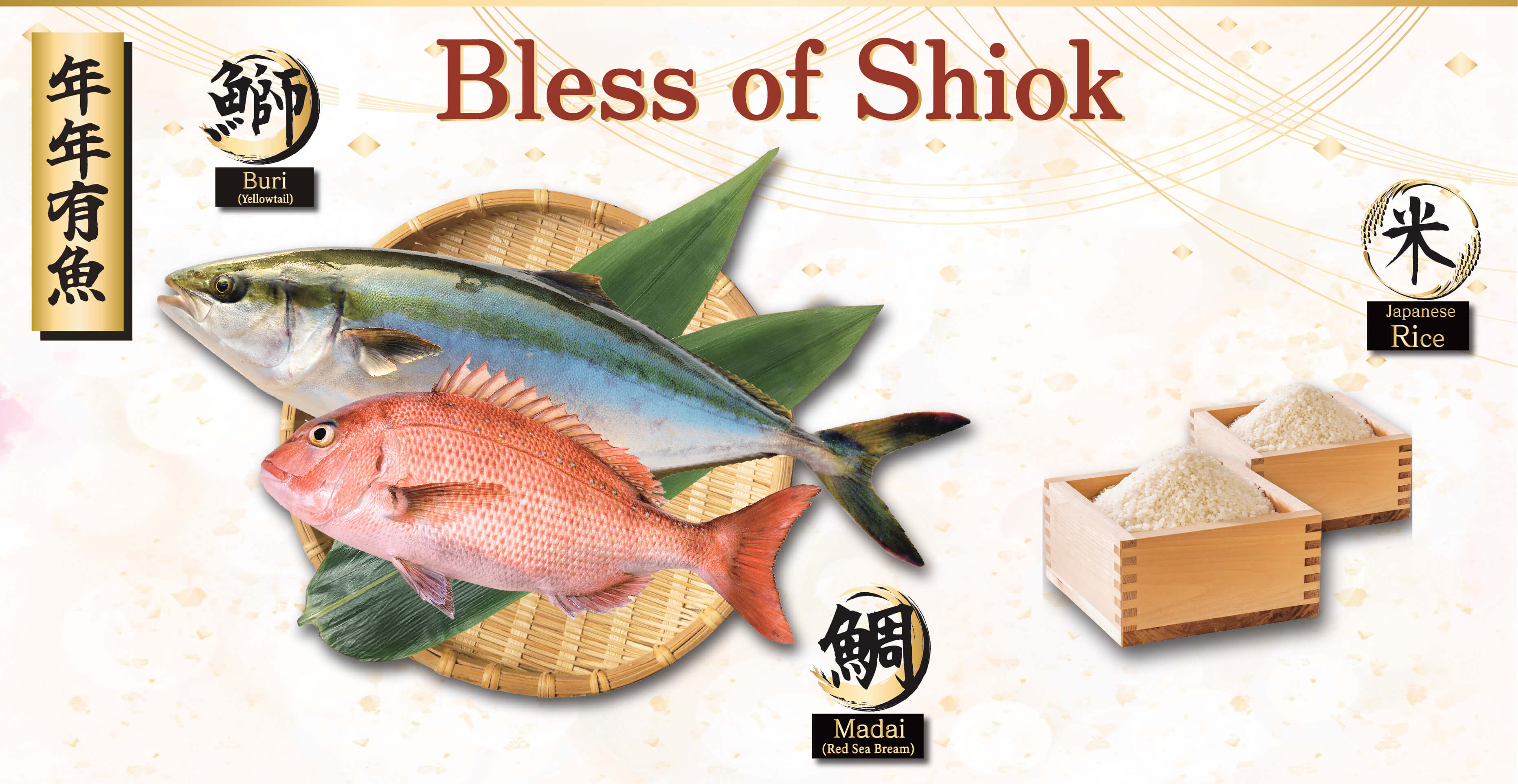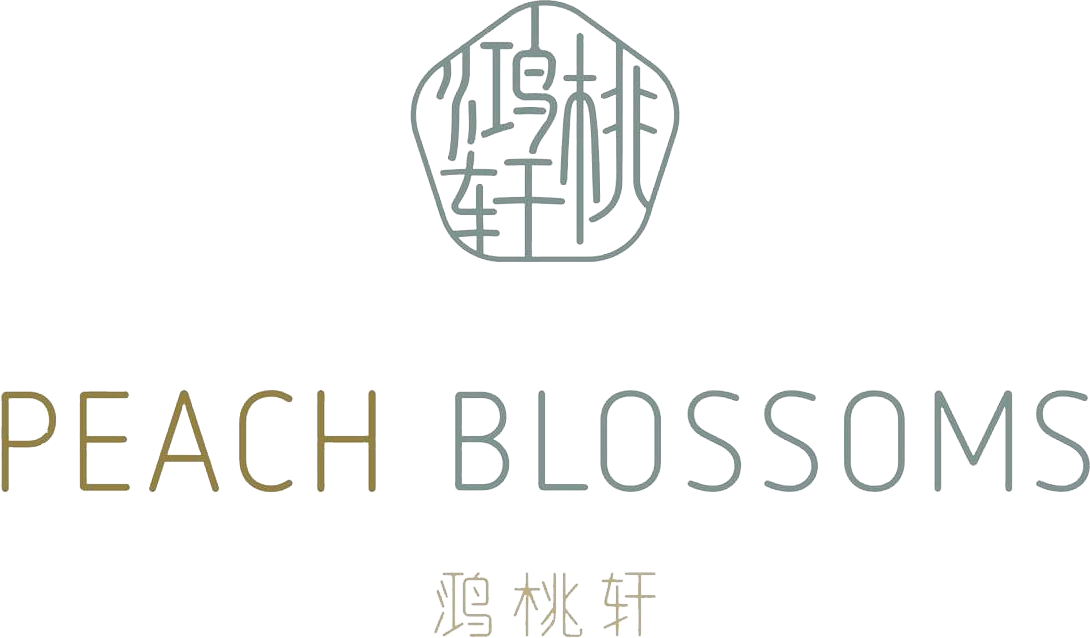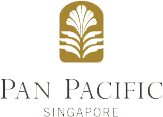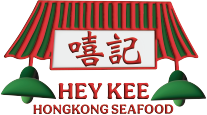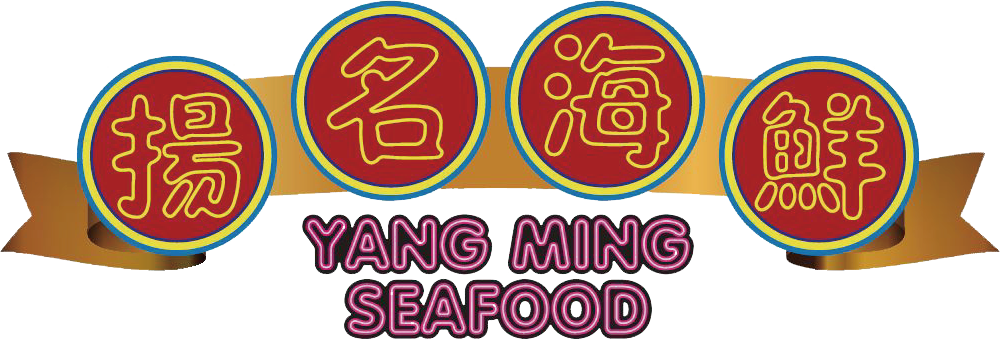Feature of
Japanese Yellowtail
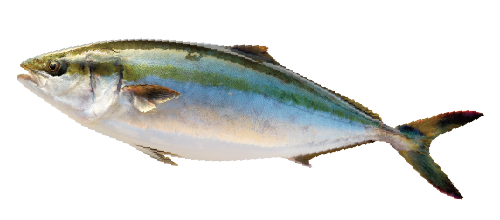
BURI (Yellowtail)
BURI (Yellowtail) is a fish endemic to Japan. Its melt-in-your-mouth, fatty flavour is an attraction, and BURI can be enjoyed as sashimi or sushi, as well as tartare, confit or steak, which bring out the strength and rich umami of the ingredients.
In addition to good quality protein, BURI is rich in EPA, which is effective in improving arteriosclerosis and blood circulation, DHA, which is believed to be effective for brain and nerve function, vitamin B and vitamin D.
In the past, migratory fish prevented stable catches, but with the development of aquaculture technology, good-quality BURI is now available all year round.
Feature of
Japanese Red Sea Bream
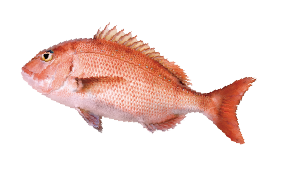
MADAI (Red sea brem)
MADAI (Red Sea Bream) is known as the 'king of fish' in Japan because of its beautiful red colour and body shape. MADAI has a light, elegant flavour and is easy to match with any dish.
Its low-fat, high-protein meat is also rich in inosinic acid, which has an umami taste, glycine, an amino acid that gives a sweet taste, and vitamins that enhance energy metabolism.
Farmed MADAI is now almost 100% fully cultured with artificial seedlings, allowing for a stable supply throughout the year while protecting natural resources.
How to deliver delicious
BURI (Yellowtail)
and
MADAI (Red Sea Bream)
- Ⅰ.Technology for maintaining freshness
Japanese farmed fish can be kept fresh for a long time thanks to advanced techniques such as “IKEJIME” and “SHINKEIJIME”, which carefully treat the fish after landing.
- II .Safety and security
Japanese farmed fish is thoroughly safe for people to enjoy even when eaten raw.
For example, the number of fish kept in fish preserve is controlled to avoid overcrowding to prevent fish diseases.
There are also strict regulations for BURI / MADAI farming, making them safe to eat.
Feature of
Japanese Rice
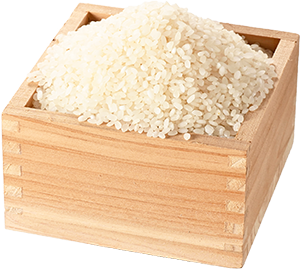
KOME (Rice)
Japanese rice is nurtured by the rich climate and long-standing technology, and is delivered to consumers under thorough quality control.
Japanese rice is available in a broad range of options and is characterised by its distinctive flavour and aroma, making it an excellent accompaniment not only to Japanese cuisine, but also to a variety of international cuisines.
Japanese rice retains its softness and consistency both freshly cooked and cold, and its taste lasts longer, making it suitable for use in a variety of culinary genres.
The quality of the rice is maintained after harvest by controlling the temperature and humidity to a constant level.
Feature of
Japanese Sake
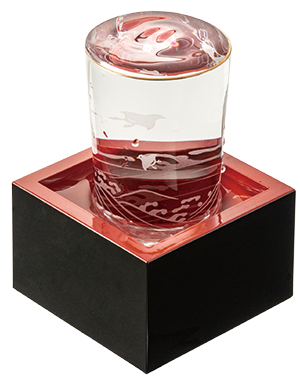
NIHONSHU (Japanese Sake)
Japanese Sake, popularly known around the world as 'SAKE', is actually made from rice.
Made from rice, koji and water, Japanese sake is carefully crafted by skilled brewers and has a unique aroma and flavour.
Japanese Sake is mainly popular as a drink with food, but it also goes well with Western food as well as Japanese food, and is particularly good with seafood, enhancing the flavour of seafood to a great extent.
Event Information
- Restaurant tie-up
- New styles of cooking using Japanese yellowtail, red seabream and rice will be proposed at prominent restaurants in Singapore. This will provide an opportunity to taste Japanese yellowtail, red seabream and rice in various styles of cuisine, including Indian cuisine and hotel buffets, as well as Singaporean cuisine. For a list of participating outlets, please see the list of partner outlets.
- Cooking classes
- Chefs will develop recipes that go well with Japanese yellowtail, red seabream and rice at well-known restaurants on the island of Singapore. The general public will then be invited to taste the Japanese ingredients while being introduced to recipes that can be prepared at home. This will help to increase awareness of the delicious taste of Japanese yellowtail, red seabream and rice.
- Seminar for chefs
- A seminar featuring renowned chefs from Singapore will be held on 2nd September 2024 at Imbue, a fusion cuisine restaurant. The seminar will introduce the appeal of Japanese yellowtail, red seabream and rice in Singapore by learning about the different origins, farming methods, cooking methods, deconstructing methods, and how to preserve freshness.
Tie-up Restaurant Information
-
4th-18th Oct
32 Keong Saik Rd., Singapore 089137
6 Raffles Blvd, Level 5 PARKROYAL COLLECTION Marina Bay, Singapore 039594
-
18th Oct-1st Nov
Marina Bay Financial Centre, Tower 3, #01–05/06, 12 Marina Boulevard, Singapore, 018982
123 Tyrwhitt Road, Singapore 207549
-
1st-15th Nov
1 The Knolls, Sentosa Island, Singapore 098297
362 Orchard Rd, Singapore 238887
-
15th-29th Nov
7 Raffles Blvd, Singapore 039595
02 Guillemard Rd, #01-01, Singapore 399719
-
27th Nov-11th Dec
Cooking Class
To apply, please contact the SNS of each restaurant
Information on Association
- Association Japan Farmed Fish Export Association
-
This association promotes the collection of information, sales strategies, branding and sales channel development for target markets, with the aim of expanding sales of yellow tail and sea bream, one of Japan's strategic export commodities, outside Japan.
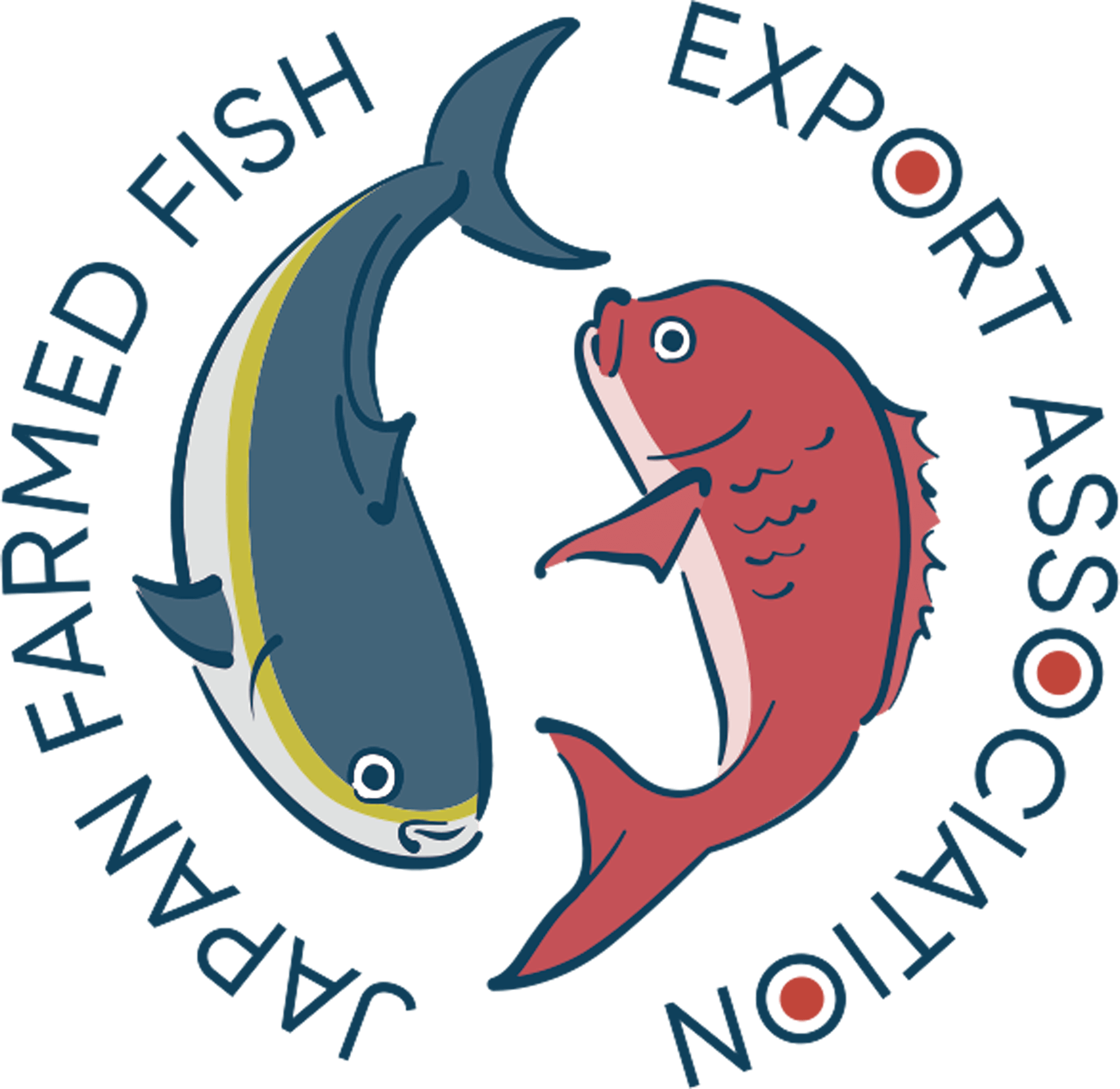
- Japan Rice and Rice Industry Export Promotion
-
This association conducts market development surveys, sales promotion activities and activities to educate and promote Japanese food culture in relation to the export promotion of agricultural products and foodstuffs (rice, sake, rice snacks, rice flour, etc.), mainly rice produced in Japan.

